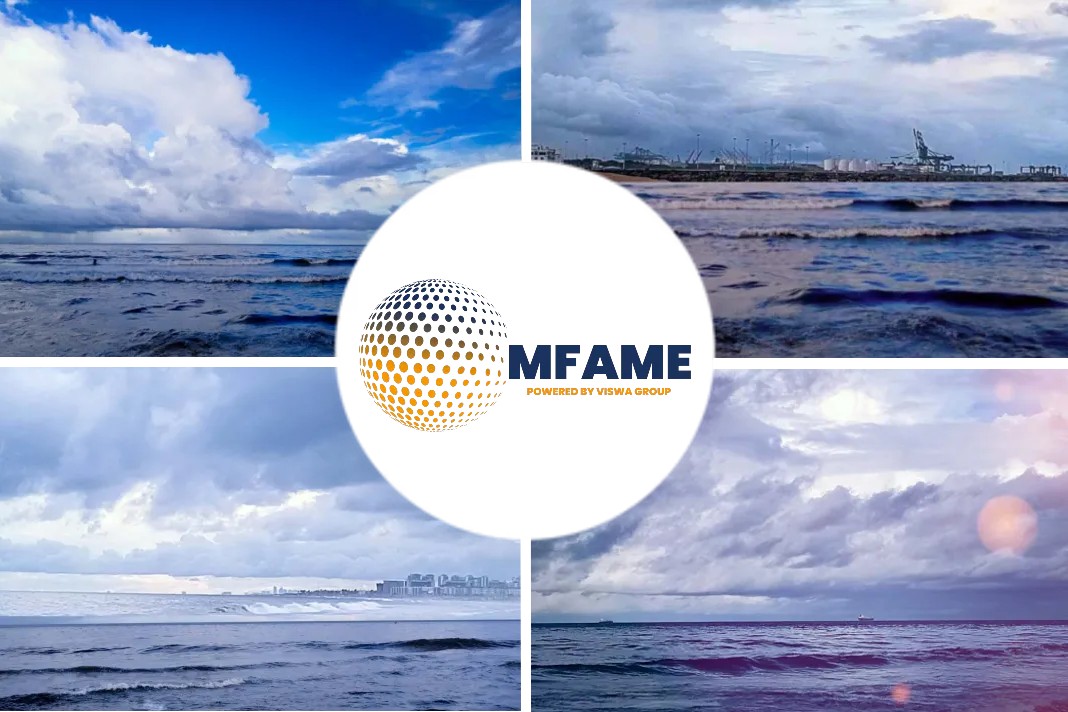
The International Maritime Organization (IMO) has implemented rigorous new requirements regarding towing and mooring equipment, aiming to enhance safety and operational standards in the maritime industry. These amendments to SOLAS regulations impact both existing and new ships and necessitate comprehensive compliance measures, as reported by DNV.
- The IMO introduces stricter regulations for towing and mooring equipment, necessitating compliance and maintenance plans effective from January 1, 2024.
- New ships constructed after this date must adhere to enhanced design standards for mooring arrangements and lines.
- DNV offers crucial services to verify compliance, ensuring adherence to the latest towing and mooring equipment guidelines.
Stricter Regulations for Mooring Equipment
The IMO Maritime Safety Committee (MSC) introduces amended SOLAS regulations and guidelines, requiring ships to adhere to new standards for the strength, arrangement, and maintenance of towing and mooring equipment.
Compliance and Maintenance Requirements
Effective from January 1, 2024, ships are mandated to establish management plans for the inspection and maintenance of mooring equipment. We explore the key requirements for all ships, focusing on management plans and the importance of documentation.
Impact on New Ships
Newbuilds constructed after January 1, 2024, will need to meet additional design standards for mooring arrangements and mooring lines. We delve into the regulations and criteria that will shape the future of ship design in this context.
DNV’s Role in Ensuring Compliance
DNV plays a crucial role in verifying compliance with the new IMO requirements through voluntary class notations and Statements of Compliance, ensuring ships adhere to the latest towing and mooring equipment standards.
Did you subscribe to our daily newsletter?
It’s Free! Click here to Subscribe!
Source:DNV
















